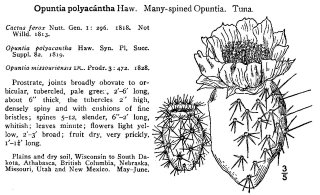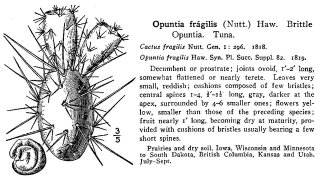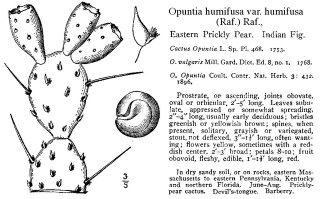
Some random thoughts about Global Warming, and Gardening.
First, everyone has a role in this issue. As the top of the blog states, "
Each snowflake in an avalanche pleads 'not guilty'." Gardener or not, each person has a role in trying to reduce carbon emissions, increase carbon sequestering, and compensate or prepare for change.
To
reduce carbon emissions, we can grow shade (reduce air conditioning requirement), grow food crops (reduce shipping costs), grow organically (avoid unnecessary use of petrochemicals). We can share starts from favorite, well-adapted plants (reduce shipping costs, use locally adapted plants with improved chances of success).
My favorite shade project is the grape arbor on the south side of the house, which cools a bedroom in the summer, provides a shady place to sit, allows warm sunlight in the winter (because the grapes are deciduious), and provides many pounds of really tasty grapes in the Summer.
To
increase carbon sequestering we should plant more trees where-ever practical. Trees remove CO2 from the air, and sequester it in their wood. My yard is small, but I have planted a ginkgo seedling in the back yard (now about 8 feet tall) which will also shade the house (it is on the south side) and two ginkgo seedlings in the front yard. Ginkgos are versatile, adapted to a wide variety of climates and conditions, and long-lived. Many other varieties of shade tree will do, this is just a favorite for me. A nut-producing shade tree might also be a good option, and will also provide food. I've seen figs large enough to provide shade, but not many people want such large fig trees.
My yard is not large, however, so I don't know how many more trees I can add. Now if I could just some neighbors to add trees... some of their yards look so barren. By having trees in my yard, I also provide an example. Woody shrubs and trees may also help (less lawn, and some carbon sequestered in the wood, although not nearly as much as a shade tree). I do have lots of those, in the form of dwarf fruits, and shrubs. (After writing this, I think that I have just decided to let the
Eucalyptus - which I was going to pollard near the ground and grow as a shrub - grow as a tree instead. It's north of the house, near the street, so won't shade the garden.)
To
prepare for change, we need to think about
what will grow in our changed local climates. Some traditional or native species and varieties will be stressed with the changes, and won't flourish. Meanwhile, others that would not have grown before, will do well. Some gardeners (myself included) like to push their "zonal envelope" (derided by others as "zone denial"). A few degrees might make a difference in whether tender varieties of figs survive and fruit, or peaches. Or
Eucalyptus as noted above (I know, these are a problem in California. But if the native trees can't adapt, then "invasive" might mean "successful" and a "detriment" turns into a "benefit").
Even though climate change is generally considered global warming, there will be some areas that are cooler, and some areas with more chaotic weather patterns. Most likely, some areas will be much more dry. Dry tolerant plants become more desirable. Maybe some hardy cacti - time to learn to cook
nopales (Oh no, not more about opuntias! By the way, I did buy another small one at Fred Meyer. Probably an
Opuntia rufida which looks like
this or
this. But it's not very hardy so is overwintering indoors.) Some stream of consciousness here. Not quite 'word salad' but getting close.
Other thoughts:
-maybe offer to rake the neighbor's leaves, so they are less likely to cut down their trees? Then take the leaves home and compost them.
-maybe I should go out today and plant some lettuce. That way it doesn't have to be shipped from california. I wonder if those old lettuce seeds will germinate?
-mulch mulch mulch. makes the garden easier to maintain, improves the soil, allowing for deeper roots, making garden plants more resilient, reduces plant disease by preventing splash back from the soil, reduces weeds and water requirements, makes use of the leaves mentioned above.
-it really is time to give up on the idea of a golf-course-like lawn as the neighborhood ideal. Let's see more productive kitchen-garden yards, or low-maintenance forested tree-filled yards, or ornamental flower and shrub filled yards, but not energy-intense, chemical filled lawns.
That's about it for random thoughts today. Time to go out and plant those lettuce seeds. It's light outside now.











































